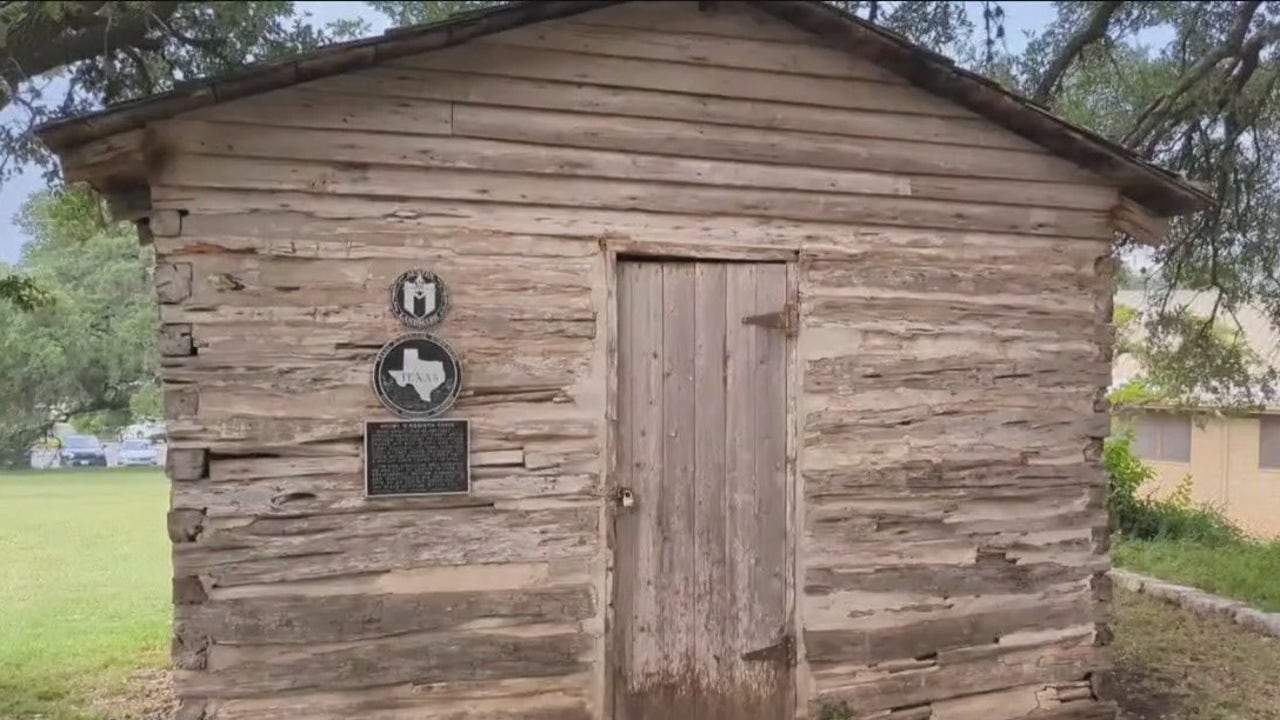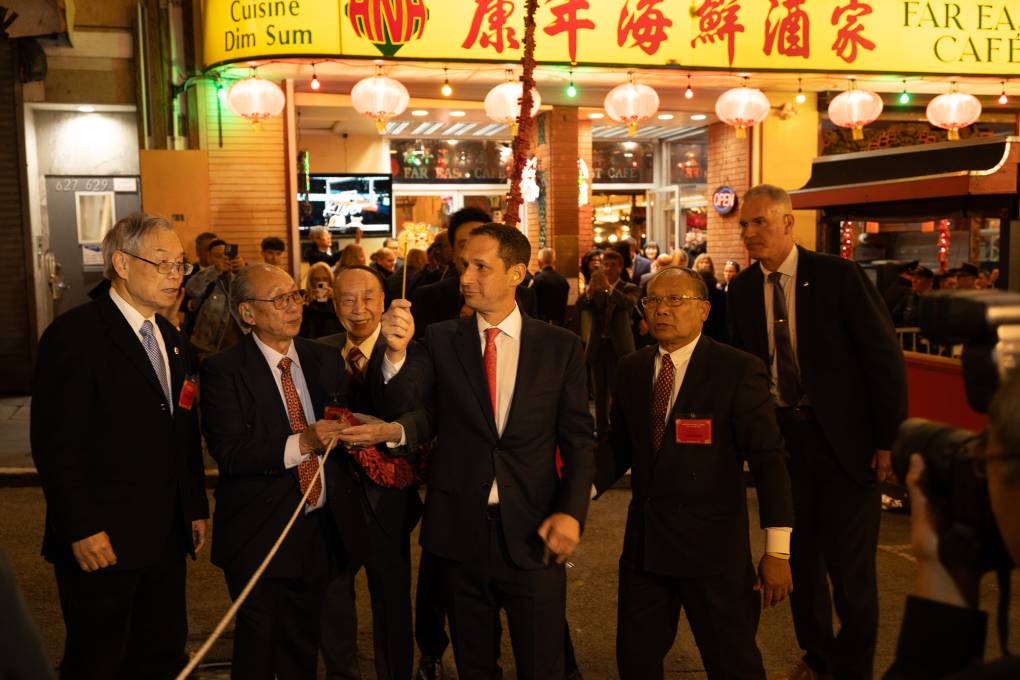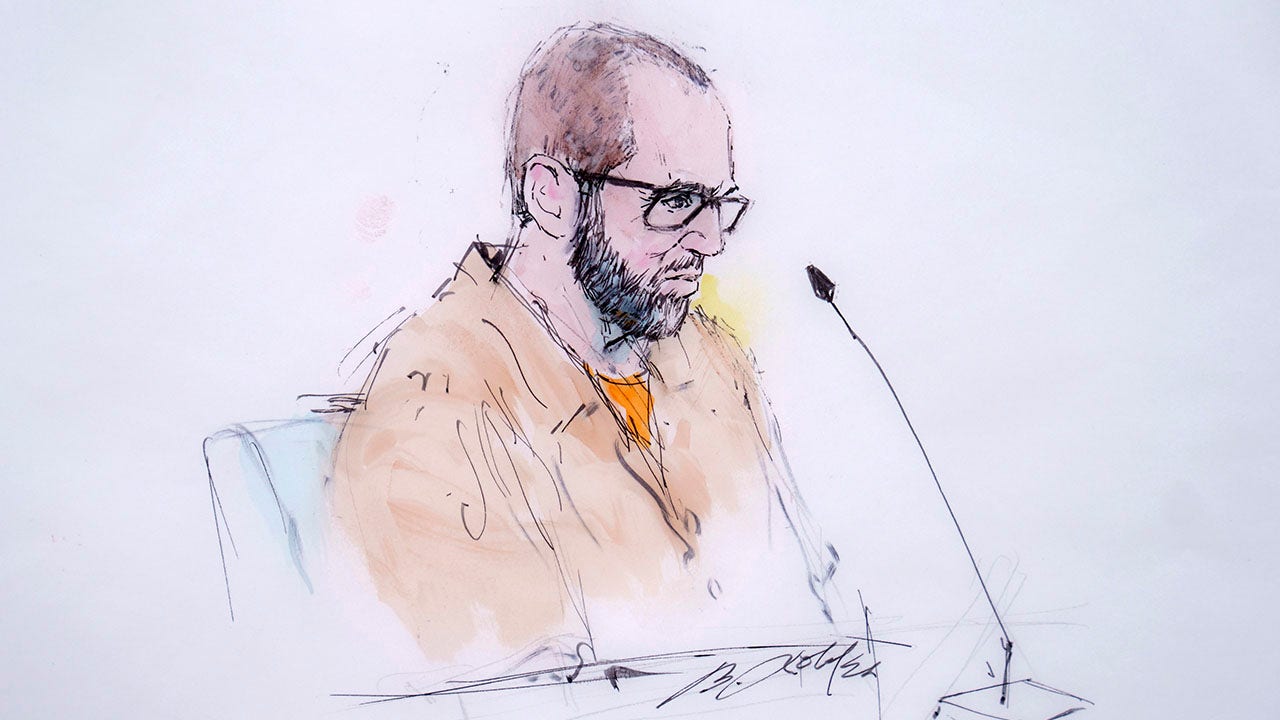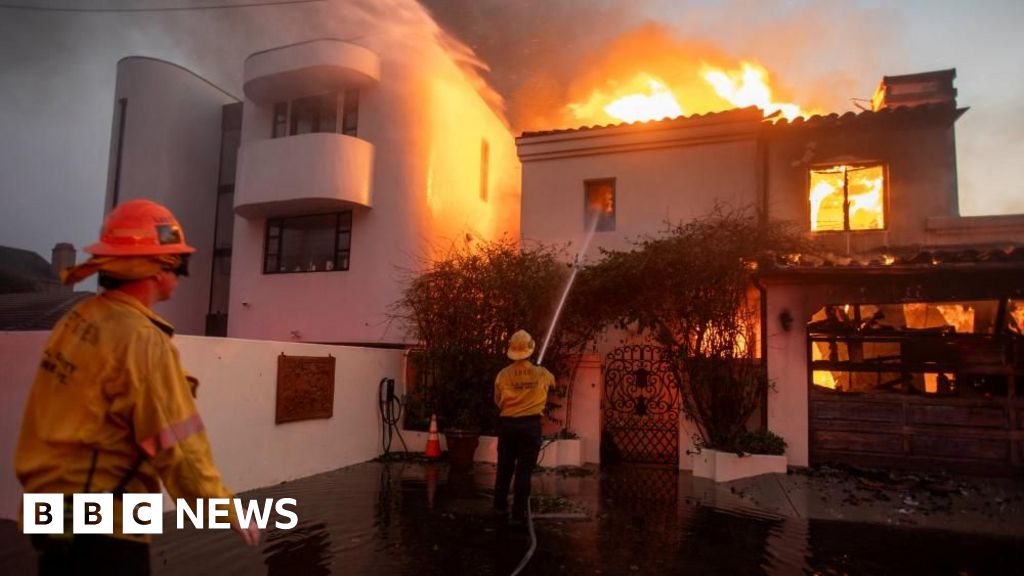Austin, TX
Historic cabin restoration at Rosewood Park included in Austin Juneteenth celebration

Historic cabin renovated to celebrate Juneteenth
The Henry Green Madison Cabin in East Austin’s Rosewood Park, built by a former slave, will be renovated thanks to a $80,000 grant from the city of Austin.
AUSTIN, Texas – Very few visitors took notice of a small wooden structure on a shaded hill at Rosewood Park. So, it was understandable people also didn’t notice the small plaque that identifies it as the Henry Green Madison cabin.
“I’d love to see more. You know, I actually used to work in art museums, so I’m a teacher now. So, you know, I think having just more information available and more engaging information that catches people’s eye,” said Jess Rosenthal, who recently moved to Austin from Houston.
The cabin was built by Henry Madison, a former slave who moved from Memphis to Austin. The announcement of the cabin’s renovation is part of the upcoming Juneteenth celebration.
Design work has already started, according to Sarah Marshall. She is the Historic Preservation & Tourism Program Coordinator with the Austin Parks & Recreation Department.
“It’s quite remarkable that we think that Madison built this cabin before Juneteenth. We think it was around 1863, 1864, and that he was able to do this in Austin,” said Marshall.
Monument dedicated for 36 individuals reinterred at Oakwood Cemetery
The remains were found in 2016 when the city went to remodel the chapel.
Henry Madison and his wife Louisa Green lived in the one-room cabin. They eventually built a larger house around it to raise their eight kids.
The couple was active in the early days of Austin. They were part of reconstruction after the Civil War. He was the city’s first African American council member, and a police officer. He also took part in the 1868 Texas Constitutional Convention.
“He was just a remarkable man. And when you think of this man who goes from enslavement to giving so much back to his community and uplifting his people, that’s a story that we really need to get out there,” said Marshall.
The cabin was originally located near what is now 11th and I-35, essentially where a high rise apartment complex now stands. The cabin was found when the house that was built around it was demolished in 1973. It’s an example of how progress can pave over history, and why it’s so important to save that history.
“With everything that’s going on in the world, just seems like a lot of history has been taken from us,” said Amberia Rivers.
Rivers remembers hearing stories about the cabin growing up in East Austin. She hopes the repair work, which is to start in 2024, will be more than a patch.
“I’ve seen a lot of places have like pictures and stuff on the outside or a sign standing up or, you know, something. Make it noticeable…where we can know more into detail about it,” said Rivers.
RELATED COVERAGE
The project, according to a news release, is being funded with a $30,000 grant from the City of Austin’s Heritage Preservation Grant Program, and $55,000 from the Austin Parks Foundation. Additional grant money was provided by Preservation Austin and the Texas Preservation Trust Fund of the Texas Historical Commission.
Design work is being lead Donna Carter with Carter Design Associates.
The city plans to expand the restoration into a bigger project, according to Marshall. The goal is to provide more information about Austin’s early African American community and why parks like Rosewood remain special places.
“This story is absolutely fantastic, and it’s a very, very special way that we can kind of use this cabin and use Rosewood Park itself as sort of portal into that history of reconstruction and the importance of that. So it’s not just about Madison, but it’s about the history and what how Austin was developing right after emancipation,” said Marshall.
Residents are invited to gather at the cabin Saturday, June 17, and share family history. That information could help the city’s effort to win a national designation for Rosewood, which may provide more funding for more restoration.
The gathering at the cabin will start at noon and last until 9 p.m.

Austin, TX
Discovery to Impact Hires New Assistant Vice President for Technology Transfer

AUSTIN, Texas — The University of Texas at Austin has appointed Andrew (Andy) Maas as the new assistant vice president for technology transfer on the Discovery to Impact team, which works with world-class inventors, investors, creators and entrepreneurs to launch startups and collaborates with established businesses to accelerate new products, services, solutions and cures.
In this role, Maas will lead the University’s research commercialization and innovation initiatives and oversee the protection and commercialization of UT’s intellectual property. Reporting to Mark Arnold, associate vice president of Discovery to Impact and managing director of Texas Startups, Maas will ensure that the University’s innovations transition effectively from academic research to market applications that benefit society.
“Andy is nationally recognized for his expertise in technology licensing and commercialization, and we are pleased to welcome a leader of his caliber to the team,” Arnold said. “We have an ambitious agenda for Discovery to Impact this year — to invest early and strategically in faculty ideas and inventions that will change the world — and there is no doubt that Andy is the right person to help lead the charge.”
Maas joins UT from Louisiana State University, where he most recently served as associate vice president for research, overseeing the office of Innovation and Ecosystem Development.
Maas holds a B.S. from Brigham Young University, an M.S. from UT Austin, and a J.D. and LLM from The University of Akron.
During his career, Maas has built an engineering startup, led within the university and research foundation settings, and currently serves as the board chair of the Association of University Technology Managers (AUTM) – the non-profit leader in supporting professionals in the technology commercialization and research innovation space. In addition, he was the principal investigator on a $160 million National Science Foundation Engine award focused on the Future Use of Energy in Louisiana (FUEL). Maas has lectured all over the world about intellectual property valuation, economic impact, technology licensing and technology commercialization.
“This is a homecoming for me in many ways, and it’s a privilege and pleasure to be back on the Forty Acres,” Maas remarked. “Discovery to Impact is one of the premier research commercializing programs in the country, and I look forward to working alongside Mark and the team to propel our groundbreaking faculty ideas forward.”
Austin, TX
Austin weather: TxDOT treats roads ahead of winter weather

TxDOT treating Texas roads ahead of winter weather
TxDOT is working around the clock treating roadways as temperatures plummet in the Austin area.
AUSTIN, Texas – The Texas Department of Transportation is working around the clock treating roadways as temperatures plummet in the Austin area.
The agency is also offering assistance at no cost to stranded drivers through its “HERO program.”
“Our crews have been out there laying saltwater mixture, which is known as brine, and also a granular substance. That’s a magnesium chloride,” says TxDOT spokesperson Antonio Lujan.
TxDOT says employees are placing the brine on major highways in Austin and in surrounding areas.
“This includes I-35, SH 71, U.S. 183, 290 East going towards Manor and then towards Dripping Springs. Some of those smaller rural roads may not have brine or that granular substance in them,” says Lujan.
Central Texans prepare for winter weather
Central Texans have been busy preparing for Thursday’s cold weather and possible ice, especially in the Hill Country.
Temperatures reached below 40 degrees in Central Texas on Wednesday. Austin Mayor Kirk Watson addressed the public in a press conference on weather conditions and how the city is working to keep residents safe in their homes and on the streets.
“Keeping roads safe, keeping them as safe as possible, and continuing and continuing to deliver the critical services that our community depends on,” said Mayor Watson.
TxDOT says this means staying off the roads.
“Just because they’re drivable and treated does not mean passable. Because remember that depending on how low the temperatures do get, there might be some instances where you might have some ice accumulation,” says Lujan.
In the case a driver needs assistance on the roadways, TxDOT’S HERO program does offer several services in the Austin area.
“If you are broken down on the side of the road, we can help you out by changing your tire, jump-starting your car, pushing you off the road, getting you some gas. Our emergency first responders cover for them so they can do their job,” said a HERO PM Lead Operator.
“They’re out there monitoring our roads as we speak. They’re going to be out there working longer hours during the next couple of days to ensure that we are helping anyone who’s out there stranded. And the good thing about hero is that it’s at no cost,” Lujan
TxDOT says they plan to work around the clock until weather conditions return to normal.
For the HERO program or assistance, you can dial 512-974-HERO.
The Source: Information from interviews conducted by FOX 7 Austin’s Tan Radford
Austin, TX
Texas is ready for winter weather: Gov. Abbott

Texas braces for winter weather
Gov. Abbott said state agencies are in place and ready for the winter weather that is moving into Texas. During a briefing, the governor said the emphasis is on public safety, especially in the Dallas-area where UT plays Ohio State Friday in a College Football Playoff
AUSTIN, Texas – Emergency management teams at the state operations center in north Austin were busy tracking the winter weather that was moving into Texas.
Governor Greg Abbott was briefed on the storm prep followed by this assessment.
“It looks like we’re ready to go,” said Gov. Abbott.
Images of all the snow that has fallen across the mid-west are not being ignored. Isolated power outages in Texas are possible, but the grid is expected to hold, according to Pablo Vegas, the head ERCOT.
“As a point of reference, we have added more than 10,000MW of new generation just this year since last winter. And so we’ve got more supply on the grid than we ever have had before. And we’ve been coordinating very closely with all the power generators and the transmission distribution utility companies over the last week in preparation for this upcoming weather event,” said Vegas.
Austin weather: Central Texas braces for wintry mix
Central Texas is bracing for some possible wintry mix starting Thursday night and into Friday. Scott Fisher has the latest details
Statewide, more than 300 warming centers were open as of Wednesday, Jan. 8, according to Governor Abbott.
“Resources are staged across areas of concern. Responders are stocked with water, ready to eat meals and blankets and are prepared to transport stranded motorists to nearby warming stations,” said Abbott.
For the past several days, more than 2,000 TxDOT crews have been pre-treating major roadways. The agency is now in the process of transitioning into road clearing.
MORE STORIES:
“We do have more plows. We have more equipment. We have them staged across the state more strategically. And they’re all staged and ready to go for this event,” said Brian Barth, TxDOT deputy executive director.
Road crews from South Texas, according to Barth, have also been moved to north Texas to provide extra manpower.
“We have all of our resources focused from the I-10/20 split, running up I-20 all the way up through Texarkana, because that’s where the current forecast shows our biggest threat,” said TDEM Chief Nim Kidd.
Texas winter weather: Officials talk about response
Governor Greg Abbott and other state officials talk about ongoing response to severe winter weather impacting parts of Texas.
The wintry mix will hit as college football fans head to Dallas for Friday’s playoff game between the Longhorns and Ohio State. Roads around the AT&T stadium are expected to be open, although the governor said drivers need to be aware of possible slick spots.
“There should be no hindrance to people being able to attend the game. Obviously, with potential snow or icing conditions in the DFW area, on I-35, on I-20, on all the different interstates or roadways that lead to the Dallas-Fort Worth area is incredibly important that everybody drives extra safe. If you’re very cautious and slow and methodical in your driving, everything’s going to be just fine,” said Gov. Abbott.
Central and south Texas may not get iced in, but Governor Abbott indicated residents in those parts of Texas should also be weather-wise.
There is a concern that the rain in those regions could cause isolated flooding. A warning was also issued about misusing heaters and power generators. Cases of carbon monoxide poisoning and fires can increase during winter events.
The Source: Information from press conference hosted by state leaders
-

 Business1 week ago
Business1 week agoThese are the top 7 issues facing the struggling restaurant industry in 2025
-

 Culture1 week ago
Culture1 week agoThe 25 worst losses in college football history, including Baylor’s 2024 entry at Colorado
-

 Sports1 week ago
Sports1 week agoThe top out-of-contract players available as free transfers: Kimmich, De Bruyne, Van Dijk…
-

 Politics7 days ago
Politics7 days agoNew Orleans attacker had 'remote detonator' for explosives in French Quarter, Biden says
-

 Politics6 days ago
Politics6 days agoCarter's judicial picks reshaped the federal bench across the country
-

 Politics5 days ago
Politics5 days agoWho Are the Recipients of the Presidential Medal of Freedom?
-

 Health4 days ago
Health4 days agoOzempic ‘microdosing’ is the new weight-loss trend: Should you try it?
-

 World1 week ago
World1 week agoIvory Coast says French troops to leave country after decades


















